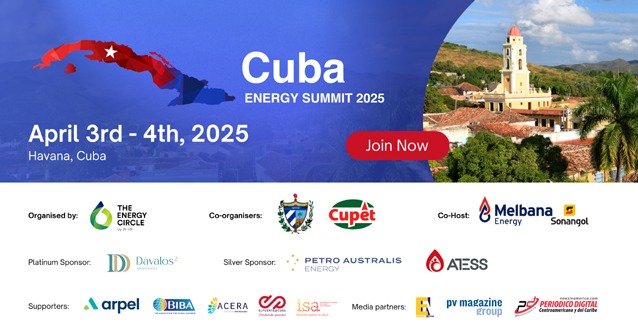
The Institute’s mission is to accelerate the transition to a diverse, sustainable and profitable energy economy.
Kaieteur News
GEORGETOWN
EnergiesNet.com 04 12 2022
An independent report coming out of the Institute for Energy Economics and Financial Analysis (IEEFA) has concluded that Guyana may never see the promised annual revenues from its oil sector, as the “one-sided” oil contract gives ExxonMobil and its partners the benefit, leaving Guyana and its people out of their fair share of the wealth.
The report by the body, titled ‘Lack of Ring-Fencing Provision Means Guyana Won’t Realize Oil Gains Before 2030s, if at All- Loophole Allows ExxonMobil-Led Development Team To Use Profits To Pay for More Oil Exploration in Guyana’ details that Guyana’s failure to implement a “ring fence” provision has provided Exxon an opportunity to reduce the country’s share of profits.
The Institute for Energy Economics and Financial Analysis (IEEFA), according to its website, examines issues related to energy markets, trends and policies. The Institute’s mission is to accelerate the transition to a diverse, sustainable and profitable energy economy. According to the document, “Among the contract’s weak provisions Guyana never imposed a “ring fence,” which means that the oil companies can charge the government for costs incurred for new development and pay for it out of the revenues from Liza Phase One, an oil field that commenced production in December 2019. A strong ring fence provision would have allowed ExxonMobil to charge only costs related to Liza Phase One against revenues received from oil from that field.”
The Institute went on to say that Guyana only received US$344 million in the first 16 months of production. To date, ExxonMobil has received approval for four projects, including Liza One and Two, Payara and more recently, the Yellowtail development. In addition, the company also made several other discoveries, along with about four dry holes, of which the costs are being charged against the oil produced at the Liza One well. This, the report says, reduces Guyana’s share of the profits.
IEEFA estimated that Guyana should receive upward of $6 billion annually by 2028 or sooner. However, the organization believes that due to all of these new costs, Guyana will be shortchanged until the 2030’s, if not longer.
After ExxonMobil announced its lucrative oil find at the Whiptail site, Tom Sanzillo, a director of financial analysis for IEEFA said that the “announcement of a discovery at the Whiptail site may help ExxonMobil’s stock price but it reduces Guyana’s profits.”
In fact, he added, “The lack of contract protections means that every time Guyana announces it has received more revenue it is actually being shortchanged.”
IEEFA’s report criticized that the Guyanese government have agreed to pay for a myriad upfront costs without disclosing what those costs are. Sanzillo noted, “Our findings are worrisome. The oil and gas industry is facing stiff competition and lower growth expectations…selling more oil into an overcrowded market is risky business for Guyana. The country may never see the promised annual revenues in the billions of dollars.”
To this end, IEEFA said its findings suggest there is much work to be done on the oil agreement before Guyana could enjoy the benefits of its offshore resources. The institute added, that the government’s considerations of a new gas project is troubling, considering the importance of the outstanding issues with the oil contract. “The early revenues to Guyana from the oil reserves will not be enough to cover Guyana’s budget deficit, support new investment or build its national wealth. As the global oil and gas sector declines, it’s unlikely Guyana will see any profits in the long term either,” according to IEEFA.
kaieteurnewsonline.com 04 11 2022












